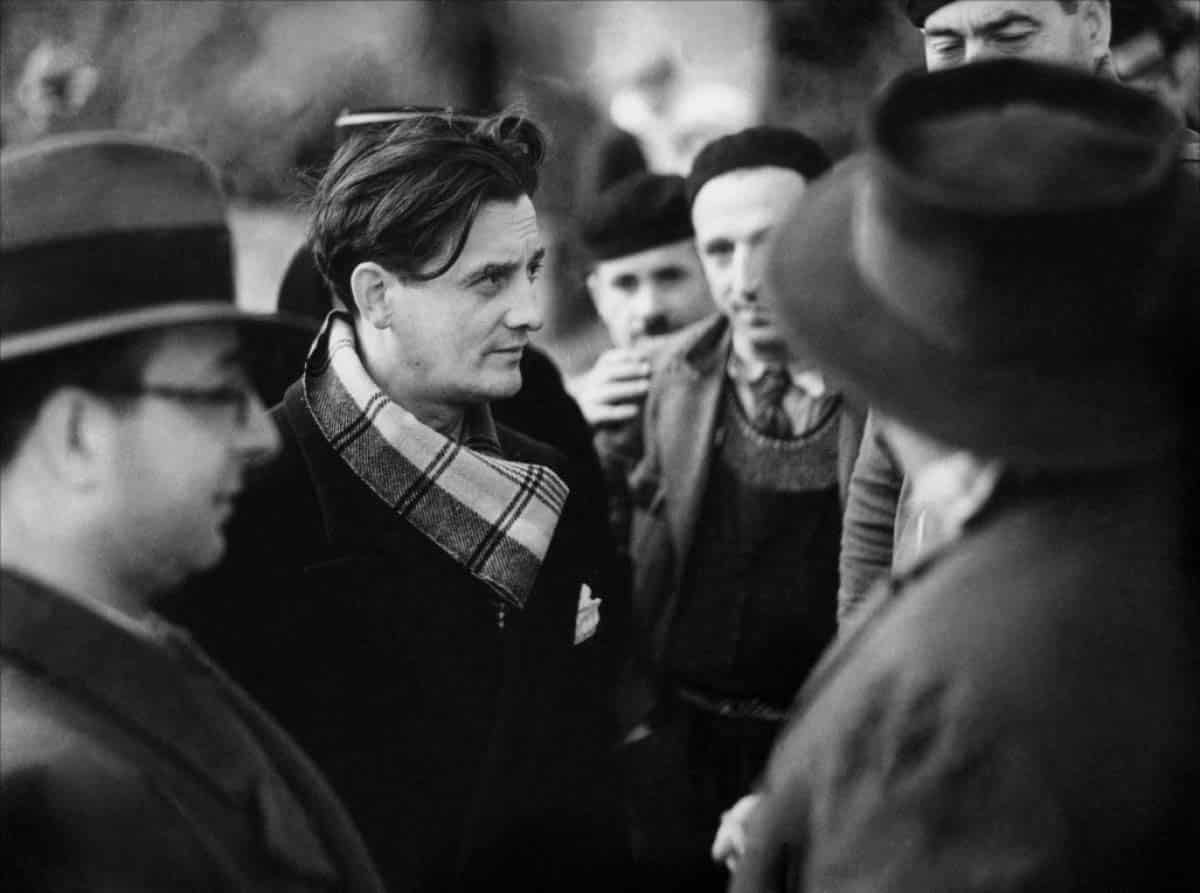Contents
The places of life
Marcel Pagnol was born in Aubagne, at 16 cours Barthélémy, a few kilometers from Marseille where he soon moved with his parents. He spent his entire childhood and adolescence there and studied at Thiers high school. During the vacations, his father rented, with Uncle Jules, a house in the hills, the famous “Bastide Neuve” beyond the small village of La Treille. Marcel remained a Marseillais at heart.
In Marseille, I am still a child, in Paris, I am old…
Marcel Pagnol
Appointed teacher in Paris, a few years later, he wrote his first successful plays there. Thus “exiled” in the capital, he found and described Marseille in “MARIUS“. Marcel Pagnol lived in Paris on several occasions. But cinema brought him back to the South of France and to his “dear hills”. As early as the 1930s, he set up his laboratories and then his film studios in Marseille.
In 1941, he wanted to create a Cité du Cinéma in the region and bought the Château de la Buzine. He recognized it as the castle of “fear” that he would later evoke in the second volume of his “Childhood Memories”, “The Castle of my Mother”.
He also bought the Étoile estate, in La Gaude, near Cagnes, in order to start “intensive carnation cultivation” in 1941 and to avoid the STO (Servive du Travail Obligatoire) for the technicians of his studios, which were sold to Gaumont. Thereafter, he spent most of his vacations with his family.
At the end of the war, he retired for a while to his property in the Sarthe region, to the Ignières mill, which he sold in the late fifties. In order to shoot “The Beautiful Miller’s Wife” with Jacqueline Pagnol and Tino Rossi, Pagnol acquired an old mill in “La Colle-sur-Loup” in the Nice hinterland. As early as 1926, Marcel fell in love with the Principality of Monaco. In 1951, he decided to settle in Monte-Carlo with his friend Prince Rainier. He bought “La Lestra”, a magnificent 19th century villa located near the bay. Marcel, Jacqueline, Frédéric and Estelle lived there happily until early 1954. “It was the most beautiful time of our life” wrote Pagnol. Then, recalled by the Academy, Pagnol returned to Paris and opened offices on rue Fortuny.
He lived on rue Jean Goujon, and soon acquired a private mansion in the square of avenue Foch. It was there that he lived with Jacqueline for the rest of his life.
Loves
Marcel Pagnol married Simonne Colin in Marseille in 1916, religiously, much to Joseph’s displeasure. The couple separated in 1926, but the divorce was only pronounced during the occupation.
There are no crumbs of love. There are only mountains of it.
Marcel Pagnol
Marcel Pagnol meets Orane Demazis in 1923 when he arrived in Paris. She was 19 years old and was already starring in a play byEmile Augier. She created for him the role of Fanny and appeared in many films by Marcel Pagnol. In 1933, their son Jean-Pierre was born.
In 1930, Marcel Pagnol met Kitty Murphy, a beautiful 18-year-old English girl who had come to Paris with a dance company. In 1930, Jacques Pagnol was born and assisted his father after the war, then joined France 3 Marseille as a cameraman.
Yvonne Pouperon is his temporary collaborator in the offices of Fortuny Street. She was full of humor and spontaneity. Marcel Pagnol could not resist her. His daughter Francine was born in June 1936.
Josette Day had already worked with Julien Duvivier, Abel Gance, Christian Jacques and Maurice Tourneur when Marcel Pagnol met her in January 1939. Their affair lasted for part of the war while they took refuge in Marseille, then in La Gaude.
Jacqueline Bouvier, who had met in August 1938, only entered Marcel Pagnol’s life in 1944. They then retired to the Sarthe region while waiting for the Allied landing. They never left each other, she was his “touch of poetry and tenderness” until his death in 1974.
Frédéric was born in 1946 and Estelle in 1951. The adorable little girl died suddenly in 1954 of an acetonemia attack. Marcel and Jacqueline’s grief was immense, and they never found consolation.
Passions
“He had that curiosity to know, to know that all scientists have. He was interested in scientific discoveries, and he was interested in them like a poet. He was not like a man of science. There is a great part of poetry in the discoveries of physics. One of the words that touched Marcel Pagnol, that aroused his interest, was the word “anti-matter”.
Anti-matter particles had been identified in the 1960s and were much talked about. The anti-matter represented for him something like the antichrist, there was a kind of symbol a little satanic or a little extraordinary in this word anti-matter. Louis Leprince-Ringuet.
The “Topazette”, the car invented by Marcel, had a short career, since it barely made it past the door of the Marseilles studios. But Marcel, who was also a champion of bilboquet in his spare time, was never discouraged and also invented water pumps and all sorts of machines, of which he made models and prototypes in the workshop that he had in each of his homes.
Plus d'informations sur "Marcel Pagnol" :

